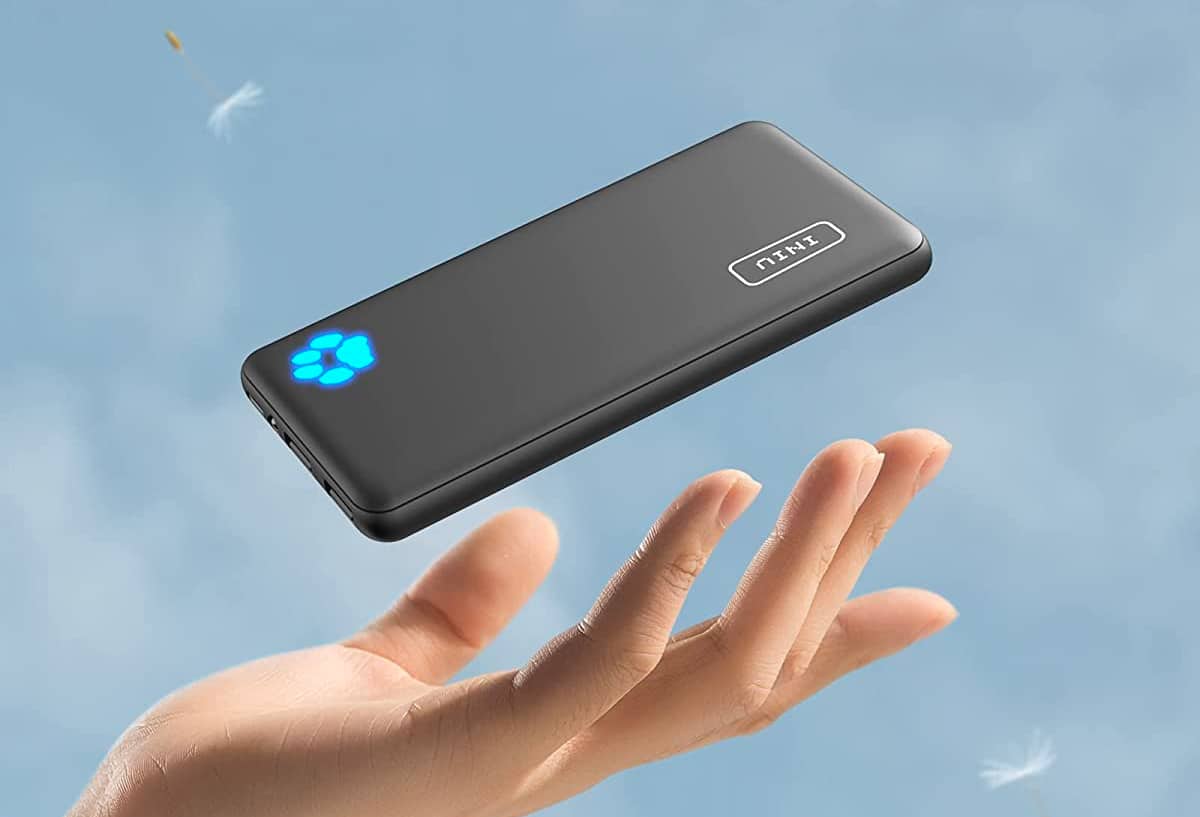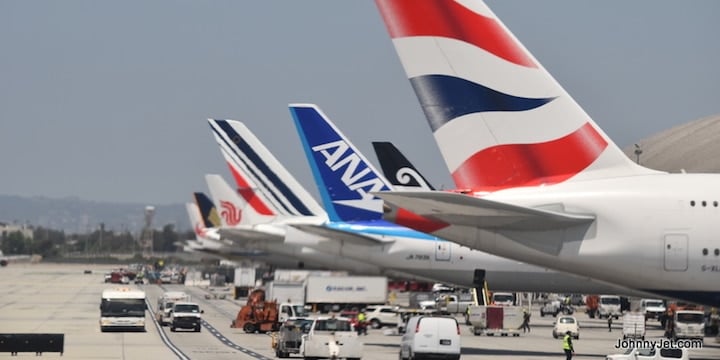This past week, my husband had a work trip up to Sonoma for a few days so I was flying solo at home with the kids. But since we are closing in on the last of the kids’ summer vacation, we thought we should seize the opportunity for one last trip before back to school rolls around in a few short weeks.
So I packed the kids up for a quick jaunt up to Northern California. Normally when we travel, we use our large, check-in ROAM luggage, which has been all over the world with us and which we love for so many reasons. Read my review here.
But the kids are getting older and wanted to try traveling with their own suitcases. I’ve always preferred traveling with carry-on only so for the first time since having kids, that’s what we did and each of my kids (ages 4 and 7), had their very own carry-on bags.
Packing for the kids was a breeze. Since it was going to be a short trip, all they needed were some clothes and a few toiletry items.
Packing in a carry-on, while my preferred method, does present some challenges (yes, I can bring that sweater but no, I can’t bring those shoes) but once I figured out how to downsize my liquids, I was good to go.
We were flying Alaska Airlines from LAX to STS, the same flight my husband had done two days prior.

Getting to the airport was easy (I checked @FlyLAXstats to know how long it would take), we had TSA PreCheck and we rolled up to our gate more than an hour before departure. Just how I like it. With kids, you just never know how things are going to go so I’d rather have plenty of time and not be rushed and not be stressed. There was time to get snacks (but not enough time for the crazy line at Starbucks) and enough time, I thought, to relax.
Because we were traveling with three carry-on suitcases on a regional jet, I knew we would have to gate check our bags so I approached the counter to talk to the gate agents.
“Good morning, beautiful!” the gate agent beamed at me. What a lovely start to the day. It was just past 7am so I appreciated the bright tone and the compliment.
I asked if I should gate check the bags and the agent said I should have checked them downstairs, that they were too big for the overhead bins but she would gate check them for me. (Once on-board, I saw plenty of roller bags the same size as mine or larger fit into the bins just fine. But with bin space always at a premium, i didn’t want to have to fight for my spot anyway.)

The agent tagged the kids suitcases first and then looked at my suitcase and her big, friendly smile vanished. “Does that bag have a battery?” she asked.
“Oh. Yeah … I didn’t really realize,” I stammered. It had been so long since I’d traveled with a carry-on bag that I hadn’t given it a thought when I grabbed the bag at home.
“Yeah. You can’t bring that bag on the plane,” she said.
“Oh, well … ummm … “
Like I said, it was only just past 7am and thanks to the super long line at Starbucks, I hadn’t yet caffeinated. Another agent came around to look at my suitcase and confirmed that the suitcase couldn’t fly with the battery inside. My mind was racing. Well, gearing up to race. There’s no way that what I had packed in my suitcase could be stuffed into the kids’ suitcases.
“You can buy a new suitcase and just ditch that one,” the agent says. “Or … ” she trails off, out of suggestions.

I know that the new Away smart suitcases have batteries that easily eject but mine is an older model and after Googling it, I learn that the battery pack on my suitcase is located inside the suitcase, under the lining in a protective plastic case that needs to be UNSCREWED.
I tell the agent that the battery can be removed but requires a screwdriver but she waves me away, repeating that the suitcase can’t fly with the battery pack locked inside and that I need to figure it out. Again, she suggests buying a new bag and tossing the Away suitcase. I totally understand. None of this is her problem.
According to a quick Google search, the suitcase should come with an included TSA-approved screwdriver to unscrew the case and access the battery.

Right there at the gate, I opened my suitcase and I’ve never been more grateful for packing cubes than I was in that moment. Opening my suitcase revealed only two packing cubes and no stray items. Pro tip: My favorite packing cubes are from Quince and they are far superior to any of the many other brands I’ve tried. The best quality and at the best price point, as well.
I unzipped the lining of the suitcase to find where the battery pack is and see that it is indeed screwed shut but there’s no screwdriver that I can see anywhere. Maybe it came with a screwdriver at some point but I certainly don’t have it with me now and it’s not tucked away inside the bag.
I’m not really sure what my options are at this point but I figure I can bring my packing cubes on the plane as is and … just abandon the suitcase? It’s what the gate agent is telling me to do. This was not how my carefully planned morning of travel was supposed to be going.

Fortunately, the gate agents had called a supervisor to come and assess the situation and two came, both of whom were very friendly and understanding of the situation.

The woman commiserated with me about my situation and got down on her hands and knees to investigate the inside of my bag. Once we confirmed that the battery could be removed with a screwdriver, she called a mechanic who arrived promptly and even more promptly, opened up the compartment and removed the offending battery. My seven-year-old son, who was watching all of this unfold, asked the mechanic if he could help unscrew the cover and he very kindly obliged, letting my son give the electric screwdriver a couple of turns.

I asked the supervisor if I should just leave the battery pack behind but she said, “No, no – keep the battery in your purse!” she said. “You can use it as a phone charger.”
I threw my two packing cubes back into the suitcase and we were finally ready to roll.
What I learned through this ordeal is that first and foremost, I should have known what suitcase I was traveling with and whether or not it had a battery, removable or otherwise. That’s on me, for sure. I learned that the older Away carry-on suitcase had a battery that was concealed within the lining of the suitcase. When lithium batteries started causing fires, Away changed their bag design and made the batteries ejectable; at the time, customers could send their old model bags to Away to be retrofitted with the new batteries, free of charge, though I’m not certain if that’s still the case, so many years later. FYI: If you travel with a smart suitcase from Away, here’s what you need to know about the battery.
Per Forbes: “On January 15 [2018], the Federal Aviation Administration announced stricter policies that prohibit lithium batteries in checked bags. Carry-ons, like Away’s, are allowed so long as the battery does not exceed the 100-watt limit and can be removed from the bag. These regulations come as the FAA reports 191 incidents of lithium batteries catching fire, smoke or exploding on board aircraft and in airports since 1991. The reason for lithium batteries acting up can’t be pinpointed, but each battery has the possibility of malfunctioning.”
If you’re planning to travel with lithium ion batteries, here’s the most current information travelers need to know, directly from the TSA:
Lithium batteries with 100 watt hours or less in a device
- Carry On Bags: Yes
- Checked Bags: Yes (Special Instructions)
Spare (uninstalled) lithium ion and lithium metal batteries, including power banks and cell phone battery charging cases, must be carried in carry-on baggage only. Lithium metal (non-rechargeable) batteries are limited to 2 grams of lithium per battery. Lithium ion (rechargeable) batteries are limited to a rating of 100 watt hours (Wh) per battery. These limits allow for nearly all types of lithium batteries used by the average person in their electronic devices.
This instruction covers spare lithium metal and spare rechargeable lithium ion batteries for personal electronics such as cameras, cell phones, laptop computers, tablets, watches, calculators, etc. This instruction also includes external battery chargers (portable rechargers and power banks) containing a lithium ion battery. For more information, see the FAA regulations on batteries.
For lithium batteries that are installed in a device (laptop, cell phone, camera, etc.), see FAA regulations for “portable electronic devices, containing batteries”.
Lithium batteries with more than 100 watt hours
- Carry On Bags: Yes (Special Instructions)
- Checked Bags: No
Spare (uninstalled) lithium ion and lithium metal batteries, including power banks and cell phone battery charging cases, must be carried in carry-on baggage only.
With airline approval, passengers may also carry up to two spare larger lithium ion batteries (101–160 Wh) or lithium metal batteries (2-8 grams). This size covers the larger after-market extended-life laptop computer batteries and some larger batteries used in professional audio/visual equipment. There is a limit of two spare batteries per person for the larger lithium ion batteries described above (101–160 watt hours per battery. For more information, see the FAA regulations on batteries.
This instruction covers spare lithium metal and spare rechargeable lithium ion batteries for personal electronics such as cameras, cell phones, laptop computers, tablets, watches, calculators, etc. This instruction also includes external battery chargers (portable rechargers and power banks) containing a lithium ion battery. For lithium batteries that are installed in a device (laptop, cell phone, camera, etc.), see FAA regulations for “portable electronic devices, containing batteries.”
KEEP READING
• How to save money with a secret third carry-on
• How to use your wireless headphones to watch in-flight movies
• 10 airport security hacks every traveler should know
• How to get the best coach seat on the plane
• The sleep hack every traveler needs to know
• Never get your valuables stolen on the beach
Want more travel news, tips and deals? Sign up to Johnny Jet’s free newsletter and check out these popular posts: The Travel Gadget Flight Attendants Never Leave Home Without and 12 Ways to Save Money on Baggage Fees. Follow Johnny Jet on MSN, Facebook, Instagram, Pinterest, and YouTube for all of my travel posts.








All’s well that ends well. Glad the problem was resolved and your kids and you were able to complete the trip with a good story. But it seems to me the entire dilemma could have been more easily and quickly resolved by just you carrying your battery-charged bag on board. Assuming the other passenger carry-ons were indeed no larger than yours.
The gate agent told my wife the carry-on was too big for the regional jet’s overhead bins